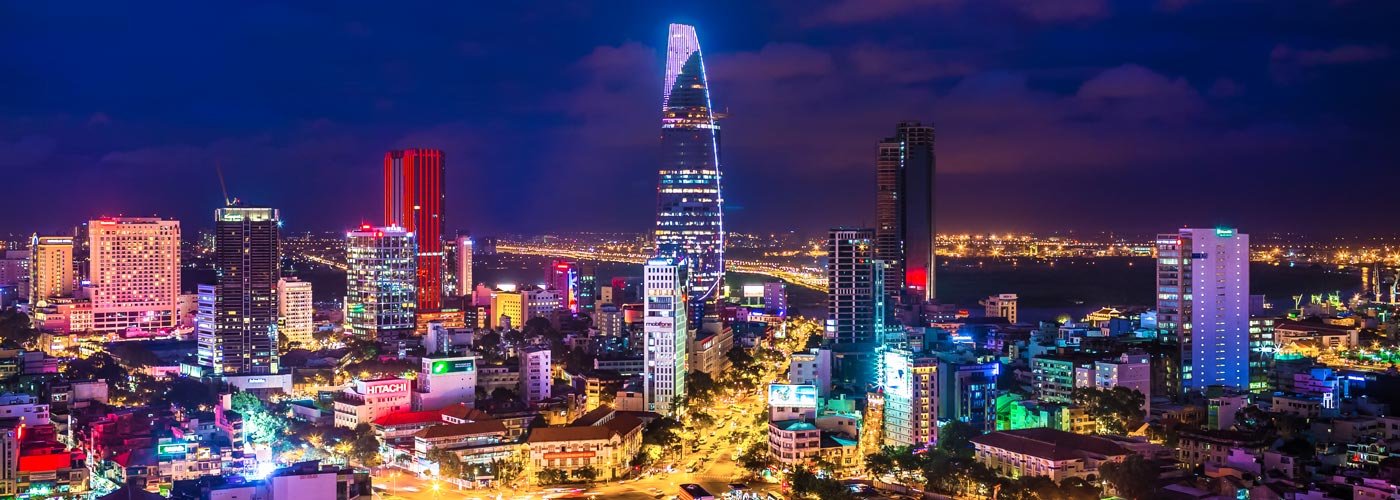
You are here
THE SOUTH
The Mekong Delta is also called by the Vietnamese the Delta of the Mekong Cuu Long, "nine dragons", because here the mighty river divides into nine main branches. It creates a fertile land that is the rice chamber of the south and contributes plenty of fish. The Mekong is the lifeline of the Indochinese peninsula, a source of irrigation and the most important transportation artery.
The region has largely recovered from chemical defoliation and the bombs of war. In the markets, one finds a rich supply of seafood as well as those products that thrive magnificently in the fertile alluvial land: rice, soybeans, corn, sesame seeds, peanuts, pineapples, pumpkins, potatoes, tangerines melons, cabbage and tobacco. The area is the rice bowl of Vietnam, so to speak, as the lion's share of the country's rice harvest comes from here.
Ho Chi Minh City, or Saigon as it used to be called, is a city in constant motion that seems to flow without order, a movement of inscrutable chaos. But in reality it is a movement of liberation of the individual, in which everyone is searching for his or her goal and the chaos is reordering itself. After 1990, the cadres from the north gave up their attempts to impose their system on the metropolis of millions. The party's power only intervenes in isolated cases. The city makes use of this leeway. Hotel and office towers dwarf the remaining colonial buildings such as city hall, the opera house and the post office. And the cultureless roughneck days of the Americans have also been left far behind. Today, the cityscape is dominated by Asian investors from neighboring countries, whose cathedral-sized shopping temples make the historical remnants, such as the legendary "Givral," where journalists held hands during the Vietnam War, disappear under their
own feet.
